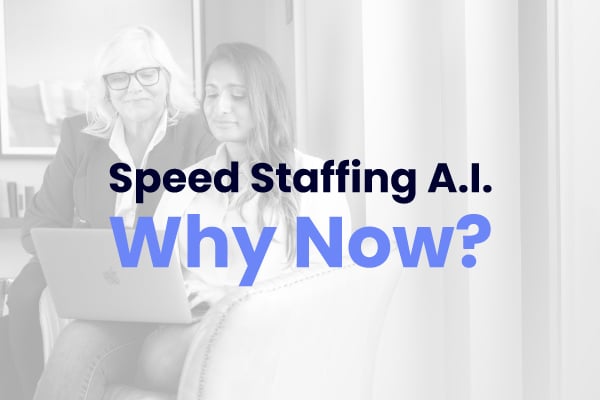Did you know there are four distinct types of flex-work scenarios? Yep ... self-optimizing, part-time, remote, and sabbaticals. Each presents a unique opportunity for you to address and power a happy, productive workforce.
To help determine which makes the most sense for your team and company, review our quick snapshot of all four and how they work.
1. Self-OptimizingWHAT: Employees reorder their working hours to create an optimal schedule, maximizing productivity and well-being.
WHO: Ideal for employees who are productive during unconventional hours or work better in sprints. Parents with carpool responsibilities. Managers with direct reports across time zones. Employees with long commutes.
CONSIDERATIONS: Establish a window of “core working hours” to ensure availability for meetings and collaboration with colleagues. This is also a great way to alleviate “meeting overload”—something most companies struggle with today.
2. Part-Time
WHAT: Employees work on a reduced hours schedule
WHO: Workers going through a life stage where dedicating full-time hours to work is not feasible, e.g. students, senior workers.
CONSIDERATIONS: For employees looking to move to part-time, implementing job-sharing between co-workers is a smart option.
3. Remote
WHAT: Employees work from any location of their choosing. Some may be fully remote, while others are in-office a few days per week.
WHO: Employees who don’t live within a reasonable commuting distance or are physically unable to come into an office
CONSIDERATIONS: Remote work can be lonely work. Encourage employees to think critically about whether a remote role is right for their productivity and performance.
4. Sabbaticals
WHAT: Employees take an extended break from work. Can be paid, unpaid, or partially paid and last up to six months, depending on the company.
WHO: Talent interested in pursuing growth opportunities or refocusing energy and gaining new perspectives
CONSIDERATIONS: Encouraging sabbaticals can be incredibly effective in improving employee well-being and decreasing turnover. Many companies offer tenured or longtime employees paid sabbaticals. Unpaid ones are also a great way for employees to recharge and return more productive, happy, and healthier.
Whichever flex-working scenario you choose to adopt, know that being open and adaptable is key to building a workforce that supports today’s modern families.


